A two-minute drive from the heart of Edgartown down a dead-end road lies an escape from the perfectly trimmed rose bushes and hedges of the village.
“It packs a lot into a small space,” said Sheriff’s Meadow Foundation executive director Adam Moore on a recent early summer day as he looked off into Nantucket Sound past saltwater marshes. “You’re right out of town, and then you’re right here.”
Sheriff’s Meadow Sanctuary begins with a soft path of pine needles fallen from the neighboring trees. A mix of pitch pine, white pine, eastern red cedar and spruce trees stand along the path, a breeze stirring up the smells found deep in a forest.
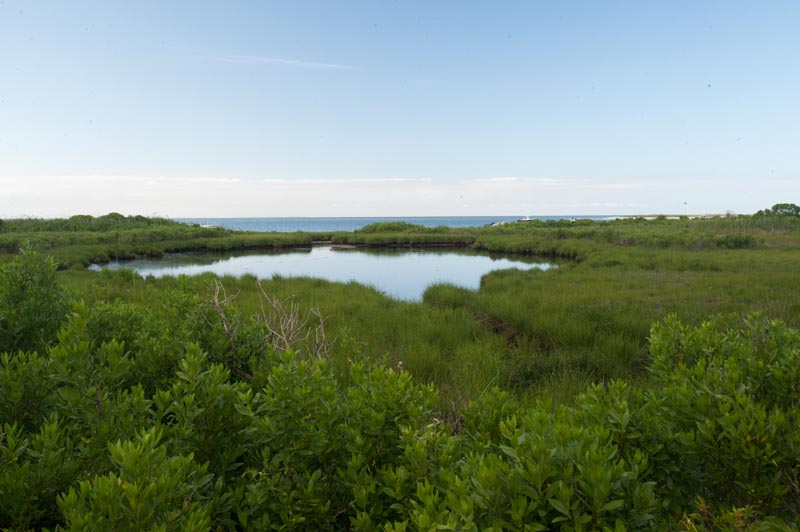
Rays of sunlight filter in through the once-crowded canopies. Overtopped by the pines and spruces, many cedars died in the past few years due to lack of sunlight, said Mr. Moore. To add to the stress, an invasive vine — oriental bittersweet — climbed up the cedars, choking them for any chance of sunlight left. But today the trees are satisfied, with plenty of room to grow.
Last fall the Sheriff’s Meadow Foundation spearheaded a long-planned project of restoring natural communities and native plants in the sanctuary. As the growing season begins, the efforts have become visible.
In 1958 when Henry Beetle Hough purchased the first 10 acres of land — which was meant to be developed into house lots similar to much of the rest of Edgartown — the sanctuary was an open meadow, once owned by Sheriff Isaiah Pease for his oxen to graze upon. Part of the foundation’s project is to reopen the land on the now 17-acre property, as well as control and hopefully eliminate several invasive species that have displaced or destroyed native species.
From woods to open grassland to shrub swamp, this preserve hosts a variety of habitats with 175 plant species growing.
Sixty of the 175 plants are non-native species, with 17 listed as invasive. The most destructive so far have been oriental bittersweet, porcelain berry, honeysuckle, Japanese holly and Japanese knotweed, said Kristen Fauteux, the foundation’s director of stewardship.
While some of these invasive plant species were spread by birds and wind, others were planted. For example, bittersweet was recommended for erosion control, but the vine proved to be highly invasive, smothering trees literally to death.
Tom Robinson, owner of Island Timber who worked in the sanctuary over the fall and winter, said non-native species are not always detrimental.
“It’s not necessarily bad that non-native species are introduced in places, although some people might cringe if I say that,” Mr. Robinson said. “One could make the case that they are adding diversity, but another side would be that they are so competitive that they crowd out multiple species that can’t compete.”
Ms. Fauteux said the invasive plants form a monoculture, sucking diversity from habitats.
“If left alone they would completely take over and there would be no habitat left,” she said. “I wonder what would happen . . . I wonder which invasive species would end up winning.”
She said wildlife could move to other diverse habitats if possible, but if more native habitats are taken over, there would be no place to migrate.
As for the plants, the nature of invasive species is so resilient and competitive that they have no chance without intervention.
This winter, contractors, volunteers and staff went to work at the sanctuary to pull up invasive species and cut down dead trees. High-bush blueberries were overtopped by the juniper hollies, little bluestem grass was trampled by porcelain berry, and cattails were crowded out by phragmites, a common reed.
The project, which began in September last year, is only about one third of the way finished. Mr. Moore said he hopes it will be complete two years from now, although the work to remove invasive species will be ongoing.
Using seeds collected from other foundation properties, Ms. Fauteux has planted natives such as bayberries, little bluestem grass and different species of asher, although she said it could take years for the seeds to germinate and establish.
She hopes that by restoring habitats, insects, birds and animals can continue to call the sanctuary home, including two moths listed as endangered in Massachusetts: the imperial moth (eacles imperialis) and the water willow stem borer (papaipema sulphurata). She is also interested to see if the Northern meadow beauty (rehxia virginica) that was once found on the property but has not been seen in recent years will reestablish itself after certain habitats are restored.
While the invasive species are still present and will be difficult to eradicate, Mr. Moore and Ms. Fauteux both agree that the sanctuary already looks different — the meadows are much more open, the trees more interspersed.
In addition to restoring native habitats, the foundation is also adding viewing benches at scenic spots and creating elevated boardwalks in the wetland areas.
Stems from the dead cedar trees were milled into four-by-four posts that will be used for the boardwalks as well as for erosion control devices at the sanctuary and other properties. The standing cedar trees provide adequate shade as the trail traverses from woods to meadow to freshwater marshes.
Distant sounds of the town blend with the serenity of the sanctuary: church bells ring as tiny birds sing, a tennis ball whacks and a brown turtle snaps. A squirrel comes scurrying along, seemingly on the run.
Following close behind is a white and brown collie named Lady Dundee. Around the corner follows Dundee’s owner, Edith Blake, who walks the trail at Sheriff’s Meadow Sanctuary almost every day, and has for about 40 years.
Although Sheriff’s Meadow Sanctuary has definitely changed — she could once see the boats sailing into the harbor from her living room window but the trees have grown tall and wide — Mrs. Blake takes time each day to walk the property her late husband Mr. Hough so loved.
“I just adore it. It’s quiet, and full of birds and skunks and all sorts of wonderful little things,” she said. “Where else can you get a bit of nature like this in the middle of the city?”


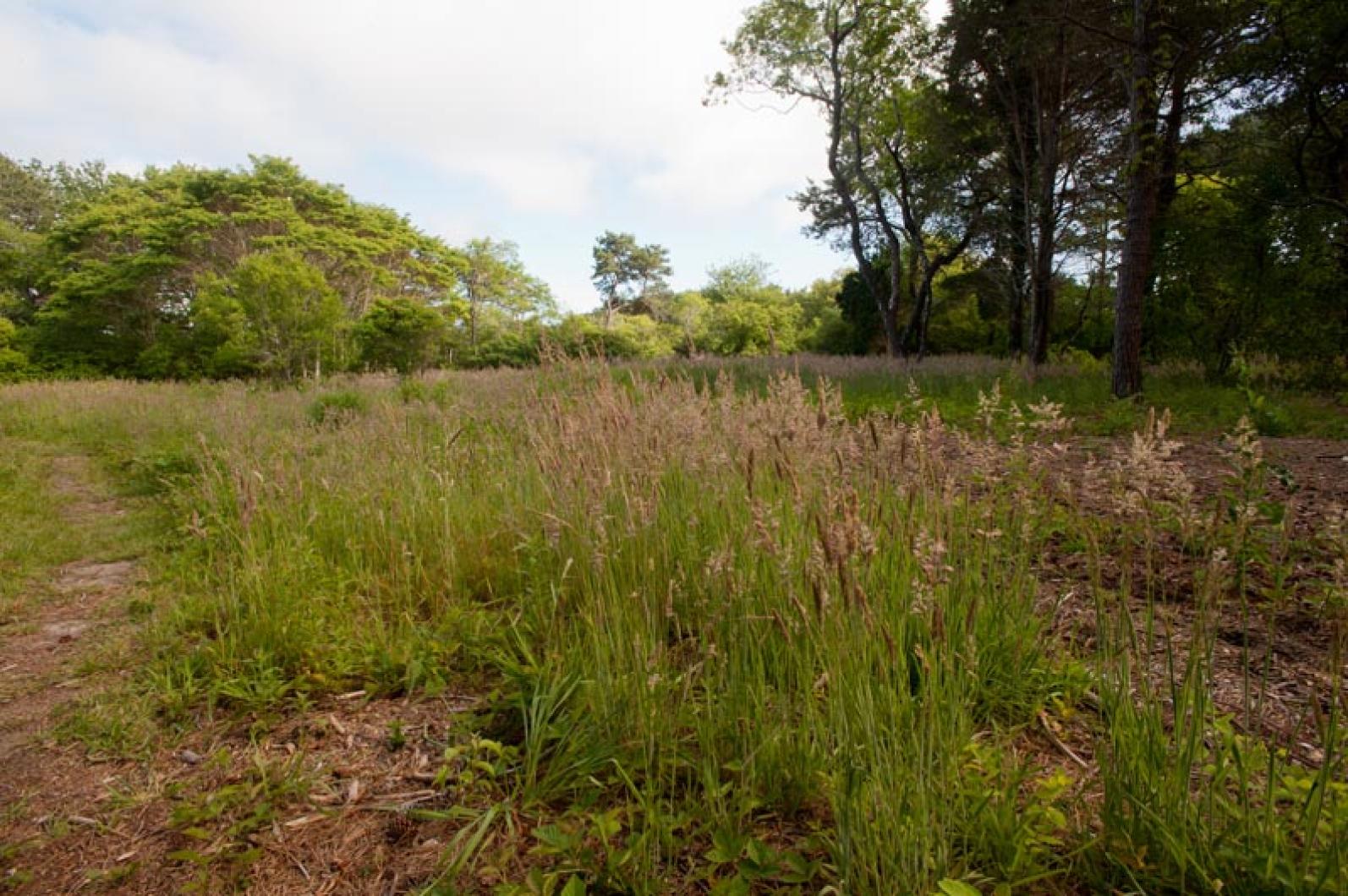
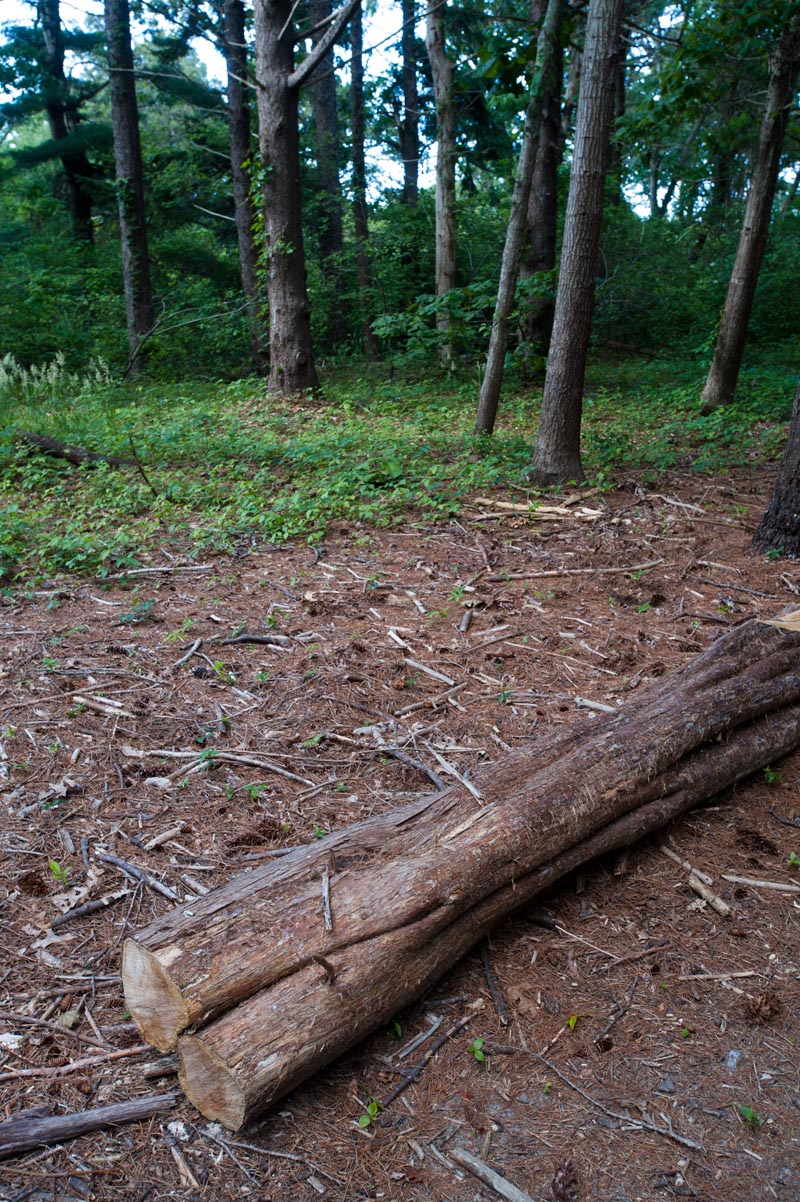
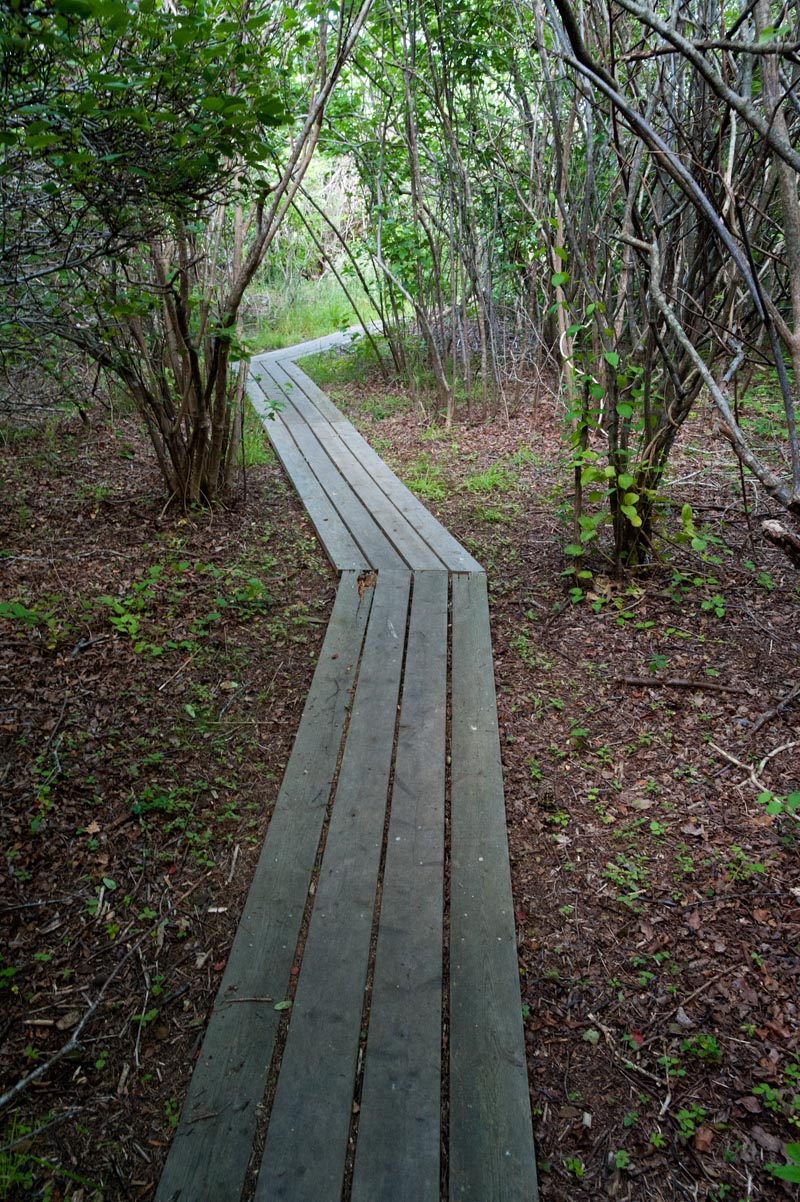
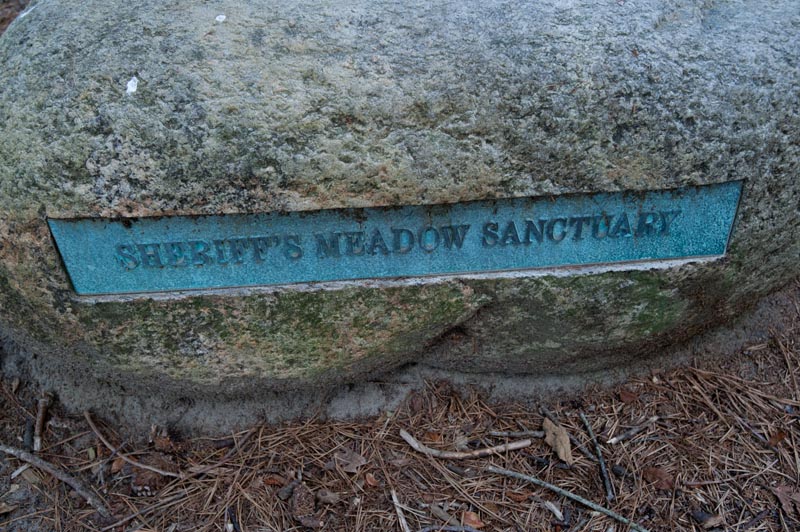


Comments (2)
Comments
Comment policy »